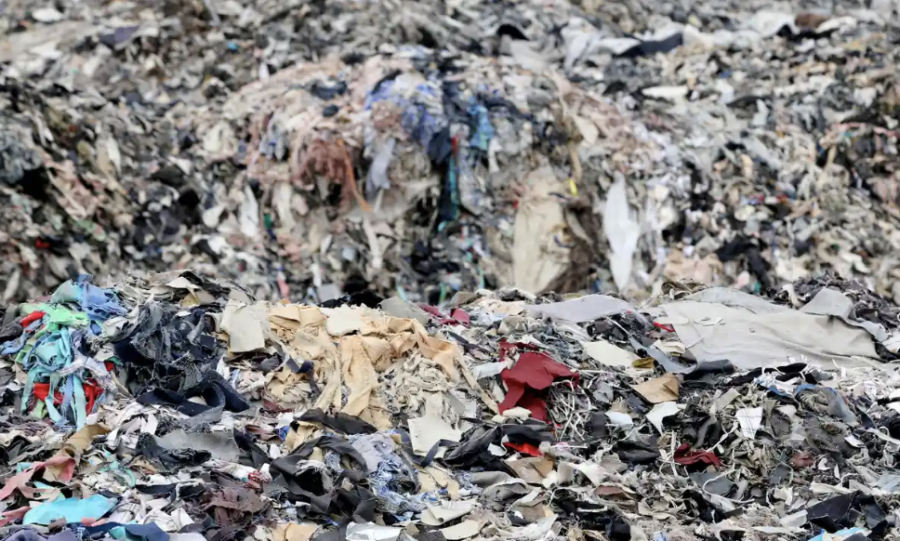America’s Addiction to Fast Fashion
Fast fashion companies are selling the idea that a brand-new outfit is all we need to be happy. Over time, many have realized the truth about the poor quality of these clothes and what they are really doing to the environment.
Fast fashion involves purchasing clothing in reaction to the newest trends and mass-market merchants that produce cheap apparel. Many see style as the key to fitting into society, which has directly led to fast fashion becoming “faster” in the past few years. As social media usage is rapidly increasing, more people feel the need to buy from fast fashion companies such as H&M, Shein, Zara and Forever 21. Succumbing to fast fashion does more harm than good and is something that we should immediately eradicate from our daily lives. However, even the most conscientious shopper may find it challenging to entirely avoid fast fashion, given how simple and inexpensive it is to buy. While there are many people who are oblivious to this issue, many are actively choosing to ignore it.
“People fail to realize how simple it is to stop buying clothes that are not even good quality,” Lambert junior Laisha Dharni said. “There are so many problems, but even more solutions that we just turn away from. We can donate, recycle, and re-wear these clothes.”
These brands and their cheap prices contribute to and encourage wasting clothes that are no longer considered “trendy,” causing landfills to be filled up with clothing in good condition. The sheer bulk of waste in these landfills directly contributes to climate change because the creation of clothes consumes numerous natural resources and releases greenhouse gas into the air. Solutions are as simple as setting aside a pile of clothing to give to goodwill when cleaning out your clothes. Now more than ever, it’s important to eradicate the stigma of used clothing, and instead, be okay with recycling and donating clothes.
“Rewearing that same prom dress is way more powerful than buying and returning five from a fast fashion company,” Lambert junior Ananya Suresh said.
This wicked cycle of producing, selling and trashing fast fashion will only stop if we overcome our shopping habits and prioritize the Earth rather than keeping up with trends. We must raise awareness about the evils of fast fashion and create a brighter future, one without corruption and with virtue.
Your donation will help support The Lambert Post, Lambert High Schools student-run newspaper! Your contribution will allow us to purchase equipment and cover website hosting costs.













